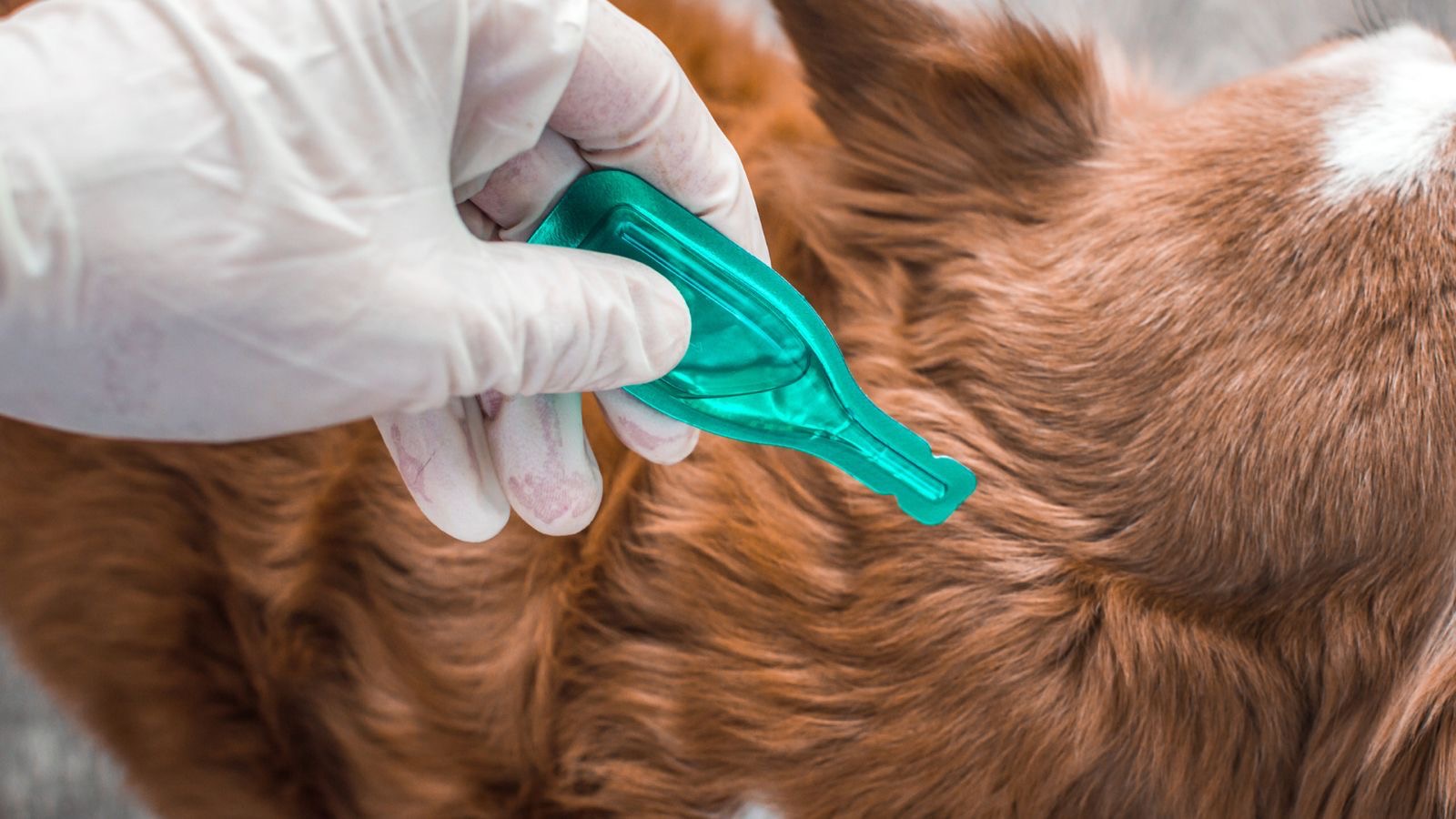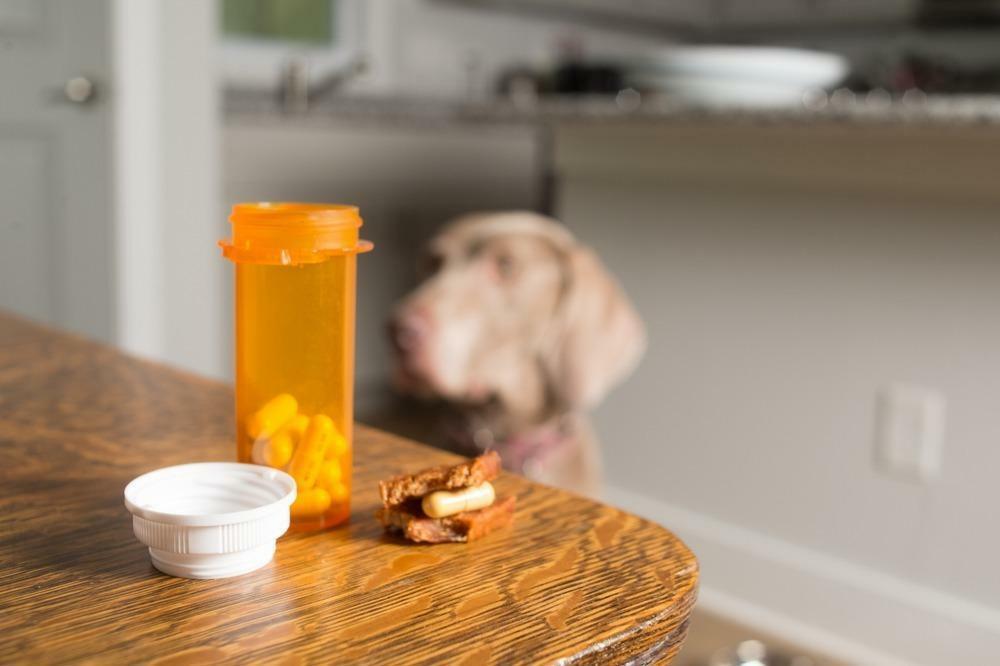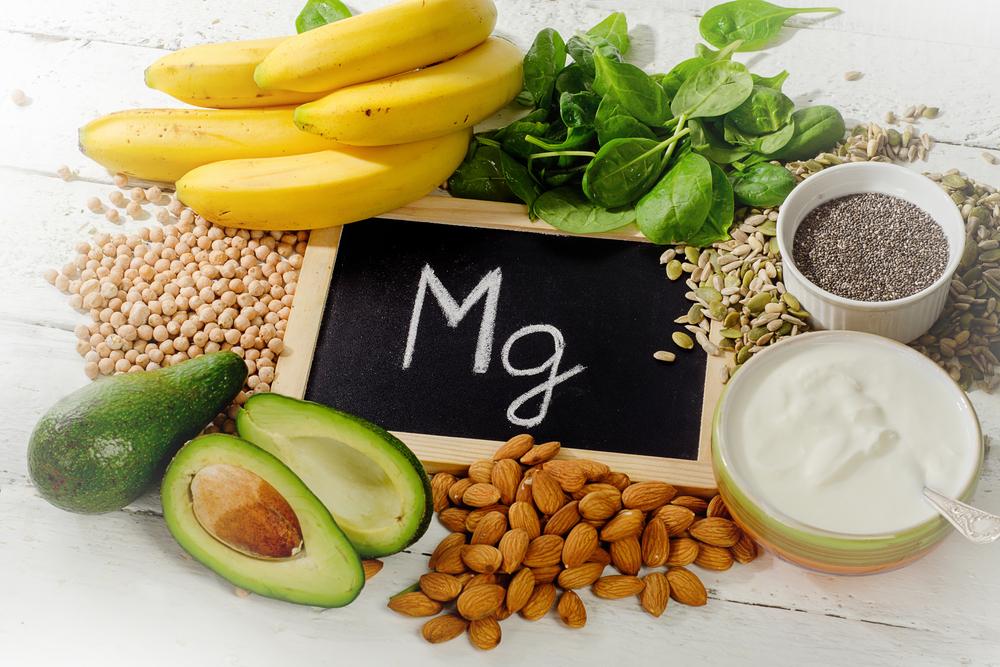Is it true that DNA is our destiny?
This concept is much like Schrodinger’s cat – a paradox. With Schrodinger, his cat was both alive and dead until his box was opened. With our DNA, we can blame our Grandma for something that has gone wrong, but equally how we choose to live our lives can also affect whether or not we have something to blame Grandma for.
Are you lost yet? So were we. But here at My Pet Nutritionist, we like to give you, as pet owners tools to support your pet’s health, so we’ll give you the 411 on DNA and how we can use nutrition to lessen how much we blame Grandma for (or Grandad, could be him too!)
Pretty nifty, don’t you think?
This is what we call nutrigenomics.
Let’s start off with some key definitions:
Genomics: This is the study of all genes and gene products. It explores how they interact and influence biological pathways, networks and physiology.
Nutrigenomics are therefore a subset of genomics with focus on the genes that relate and respond to nutrition and lifestyle interventions.
As it’s relevant, epigenetics is the study of how the environment and other factors can change the way that genes are expressed.
Epigenic markers are chemical compounds that are added to genes to regulate their activity. Whilst these modifications do not change theDNA sequence itself, epigenetics affects how cells read genes and whether the cells should produce relevant proteins.
The point to note is that DNA doesn’t change – gene expression does. This is where the idea of turning genes on and off comes from – epigenetic markers can turn genes on, and off.
Gene Writers
Much like I’m writing this blog now, we can think of our DNA having workers at a word document. The fact that I had a nutrient dense breakfast and have a cup of tea next to me, with the birds singing by my window, places me in good working conditions. The blog should therefore make sense – be well-formatted and do the job it is meant to do (share information). If I had not slept for days, gorged on ultra-processed food, and been bombarded with stressors, the blog may not make as much sense, it may even have a few typos, and not in fact do you the job it was meant to (you have no clue what I was writing about).
Our gene workers are similar.
If they have supportive working conditions,they do what they are supposed to, they send the correct information out; cells know what they are supposed to do, and they even know when they’re not supposed to be doing anything.
If they have poor working conditions, they send out half finished messages (or coding), which may contain typos; cells don’t really know what they are supposed to be doing and start to go a little rogue.
The genome is malleable – our genes are like a word document – it is a living document. They also eavesdrop on every choice we make, or those we make for our pets.
Dirty Genes and those that just act Dirty
The reason we think DNA is destiny, is because its partly true. When us, or our pets are born, we have our very own DNA. Within that, there may be these alterations, or variants known as single nucleotide polymorphism (or SNPs, we call them snips).
These SNPs can cause problems – they are like the inbuilt typos on your word document. Like the Microsoft paperclip assistant that would always pop up no matter how many times you tried to get rid of him!
So, both us and our dogs can be born with dirty genes that send unclear messages to our cells.
But, lifestyle, and nutrition, can also make the genes dirty. Luckily, we live in an age of washing machines, so we’ve got some great ways to clean them up again!
One of the ways in which our DNA expression can be altered is through methylation.
This is the addition of a methyl group – demethylation is the removal of a methylation group.
Methylation is a key chemical process for every cell and cellular activity, constantly and dynamically regulating our daily function. It supports growth and repair, immune function, synthesis of neurotransmitters and phospholipids, and plays an important role in detoxification. If you’d like to know more about detoxification then check out our blog
here.
But what is also nifty is this positioning of the methyl groups can be passed down from generation to generation – which ultimately affects the health of future generations. Take note breeders!
Poor DNA methylation has been increasingly associated with many diseases, from cancer to autoimmunity. And of course, this process requires a number of co-factors.
Where do these co-factors come from? The Diet.
Nutrients crucial in DNA Methylation:
- Folate: spinach, broccoli, romaine lettuce, daikon radish, liver.
- Vitamin B12: liver, sardines, salmon, lamb, beef, dairy, all meat,eggs.
- Vitamin B6: spinach, cauliflower, all meat, liver, sweet potato, salmon, leafy greens, daikon radish, liver.
- Vitamin B2: spinach, beetroot, mushrooms, eggs, broccoli, kale,peppers, daikon radish, liver.
- Zinc: beef, spinach, mushrooms, lamb, pumpkin seeds, turkey,seafood.
- Magnesium: leafy greens, pumpkin seeds, spinach, sunflower seeds,daikon radish.
- Choline: egg, collard greens, brussels sprouts, spinach, chicken, turkey, salmon, sardines, beef.
- Betaine: spinach, sweet potato, turkey, veal, beef, liver.
- Methionine: nuts, beef, lamb, turkey, fish, shellfish, eggs.
Not surprisingly, ultra-refined foods place a strain on methylation, which is why we would always advocate a fresh, wholefood diet for your pet.
So if you want efficient methylation processes – ensuring a sufficient supply of these co-factors is essential.
There are also certain food compounds which ultimately affect gene expression through their influence on DNA methylation.
This is where the concept of nutrigenomics comes in.
Polyphenols
Catechins have been seen to modulate gene expression. They are polyphenolic compounds found in plants.
Sources include apples, blackberries,pears, green tea (opt for decaf if you’re feeding it to your dog).
They also exhibit antioxidants which help to prevent cell damage.
Resveratrol (RSV) is also natural polyphenolic compound and is often found in blueberries. RSV exhibits antioxidant, anti-inflammatory and anticancer properties through epigenetic regulations. It has been seen to act as a gene regulator in cases of diabetes, pancreatic cancer, osteoarthritis, and inflammatory disease.
Vitamins
Vitamin C (L-ascorbic acid) is more commonly known for its role in supporting immune function. Recent investigations have revealed functions of vitamin C in epigenetic regulations. It has been found to be involved in active DNA demethylation. This is important because the body is likeGoldilocks – everything needs to be just right – so as much as we need methylation (the addition of a methyl group), we sometimes need the removal of one (demethylation).
Findings here
Sources: peppers, strawberries,blackcurrants, broccoli.
Vitamin D is also seen to behave in the same way – it is noted in epigenetic regulation through DNA methylation.
Findings here
Sources: oily fish, red meat, liver, eggs.
Folate is a water-soluble B-complex vitamin and usually exists in green vegetables and animal liver. As a methyl donor, folate ultimately offers methyl for DNA and protein methylation which therefore modulates gene expression. Low folate is associated with instability in DNA. There’s a reason we always say to eat your greens!
Findings here
Sources: broccoli, leafy greens, liver.
Like folate, choline is one of the precursors that can be converted to SAMe, the universal methyl donor for numerous methylation processes. Studies have demonstrated that dietary supplementation with choline changes methylation levels of genes. Low choline often increases overall cancer risk – and as we know there is an element of unusualDNA structure in cancer.
Findings here
Sources of choline: poultry, eggs, seafood, dairy.
Herbs
Withania somnifera or more commonly known as ashwagandha and has been attracting increasing interest because of its multifunctional properties including anti-inflammatory, anti-metastatic, anti-angiogenesis, and especially anti-tumor activity. This is largely achieved through its effect on DNA methylation.
Findings here
Minerals
Selenium (Se) is an essential trace element usually found in nuts, and vegetables. Se has been received considerable attention for its beneficial effects toward human health such as immunity enhancement and anti-carcinogenic action. Mounting investigations have linked its regulation of epigenetic mechanisms, especially DNA methylation. Studies have noted its effect on DNA methylation in human prostate cancer, breast cancer, colonic tissue, and pro-inflammatory genes.
Findings here
Sources include nuts, seafood, organ meats.
Summary
Whilst DNA isn’t changed, we can influence its expression, for better or worse. Genes are like a typist in a word document – given supportive working conditions and the document will be formatted correctly and get the information out that it should. Given poor working conditions, you’ll likely get some typos and the wrong message getting out!
The concept of nutrigenomics suggests that we can use nutritional choices to alter gene expression and we can. But both us and our dogs may be born with variants which can run amok, and this is often where professional support can help.
If you would like any support with your pet’s health, then please check out our services
here.
Thanks for reading!
MPN Team x



































